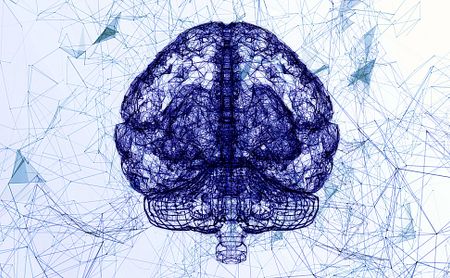Phase 1/2 Trial of AMT-130 Gene Therapy Enrolling High-dose Group
Written by |

The first two patients have been enrolled in the high-dose group of a U.S. clinical trial testing the safety and efficacy of AMT-130 as a potential gene therapy for Huntington’s disease.
“We are very pleased with the progress that we continue to make in this Phase 1/2 clinical trial and that we are now administering AMT-130 at the higher dose,” Ricardo Dolmetsch, PhD, president of research and development at uniQure, the therapy’s developer, said in a press release.
“We look forward to ongoing patient enrollment in the second cohort and to initiating clinical development of AMT-130 in Europe in the second half of this year,” Dolmetsch added. “We also remain on track to share initial imaging and biomarker [trial] data … before the end of the year.”
Patient enrollment into this group followed an independent Data Safety Monitoring Board’s review of safety data concerning the first low-dose group of 10 patients. The Phase 1/2 trial continues to enroll participants at sites across the United States.
Seven patients in both dose groups to date have received the experimental treatment, given by injection into the brain, and five were given a sham surgery as a control group.
AMT-130 is a gene therapy that uses a short segment of RNA, called microRNA (miRNA), to prevent the disease-causing mutated huntingtin protein from being made. AMT-130 fixes to RNA that carries the instructions for the mutated huntingtin protein, marking that RNA for destruction.
In this way, AMT-130 targets Huntington’s underlying cause, rather than treating its symptoms.
This five-year, proof-of-concept study (NCT04120493) primarily aims to compare the safety and efficacy of AMT-130 to a sham procedure in 26 adults, ages 25 to 65, with early stage Huntington’s disease.
Other study aims include measuring how long AMT-130 remains in the body, changes in motor and cognitive function, and changes in various disease biomarkers, such as mutant huntingtin and neurofilament light chain.
The trial consists of a 12-month core period, followed by four years of follow-up visits.
Participants are divided into two groups: in the first group, six patients were assigned to a low dose of AMT-130 and four to an imitation (sham) surgery. Given as a single dose, AMT-130 is administered directly into the striatum — the area of the brain responsible for movement control — using a surgical procedure known as MRI-guided convection-enhanced delivery.
The second group will include 16 patients, with 10 randomly assigned to a high dose of AMT-130 and four to sham surgery.
After the core period, trial data will be unblinded and participants informed of whether they received AMT-130 or the sham procedure. Those given the sham procedure may then be eligible to receive AMT-130, pending a data review by the monitoring board.
uniQure’s open-label Phase 1b/2 European study will enroll 15 early Huntington’s patients, assigned to a low- or high-dose treatment group.
Depending on results of these two studies, which will help in determining the therapy’s optimal dose, uniQure plans to move forward with either a Phase 3 trial, or a confirmatory study should an accelerated path to approval be possible.





